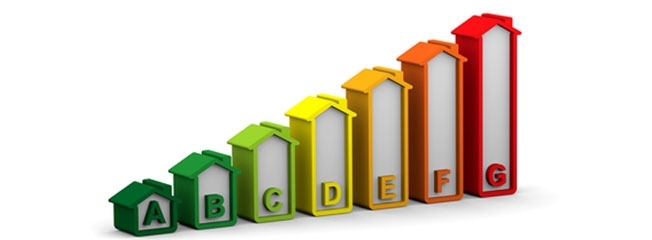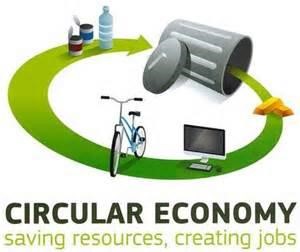Construction sector is key to Europe’s energy and resource efficiency
Europe’s construction industry seems to be part of the answer to many of the EU’s economic and environmental concerns especially if we look at the important role it plays in the recent EU policy initiatives.

According to the European Commission’s State of the Energy Union report published in November (to review the progress in the area of key energy initiatives in the past year), the energy of buildings represents about 40% of the EU’s total final energy consumption. To help achieve Europe’s 2020 energy efficiency target of 20% and the 2030 target of 40% cuts in greenhouse gas emissions, the Energy Efficiency Directive (EED) will be revised in 2016 and a thorough evaluation of the Energy Performance of Buildings Directive (EPBD) is ongoing.
 Building renovation can also deliver significant emission cuts and increase energy efficiency, however current renovation rates are just 1% per year. The State of the Energy Union report acknowledges that financing the required energy efficiency investments remains a challenge. Therefore, a new funding scheme under the European Fund for Strategic Investment (EFSI) will be developed to finance small energy efficiency projects such as renovation.
Building renovation can also deliver significant emission cuts and increase energy efficiency, however current renovation rates are just 1% per year. The State of the Energy Union report acknowledges that financing the required energy efficiency investments remains a challenge. Therefore, a new funding scheme under the European Fund for Strategic Investment (EFSI) will be developed to finance small energy efficiency projects such as renovation.
Besides Europe’s energy efficiency policy, the construction and demolition sector is also one of the priority areas in the European Commission’s new resource efficiency strategy (entitled “Circular Economy Package”) released on 2 December. This is due to the fact that the sector produces one of the highest volumes of waste in Europe. To address the challenge, policymakers will identify recovery opportunities of valuable materials from buildings. As a first step, pre-demolition guidelines will be prepared in 2017 to improve recycling rates, together with voluntary recycling protocols aimed at spreading best practices throughout the European construction industry. Environmental performance indicators to assess the whole lifecycle of a building, including indoor air quality indicators, will be developed from 2017 onwards. Furthermore, concrete incentives for the use of these performance indicators through large building demonstration projects are also foreseen in the action plan that completes the European resource efficiency strategy.


